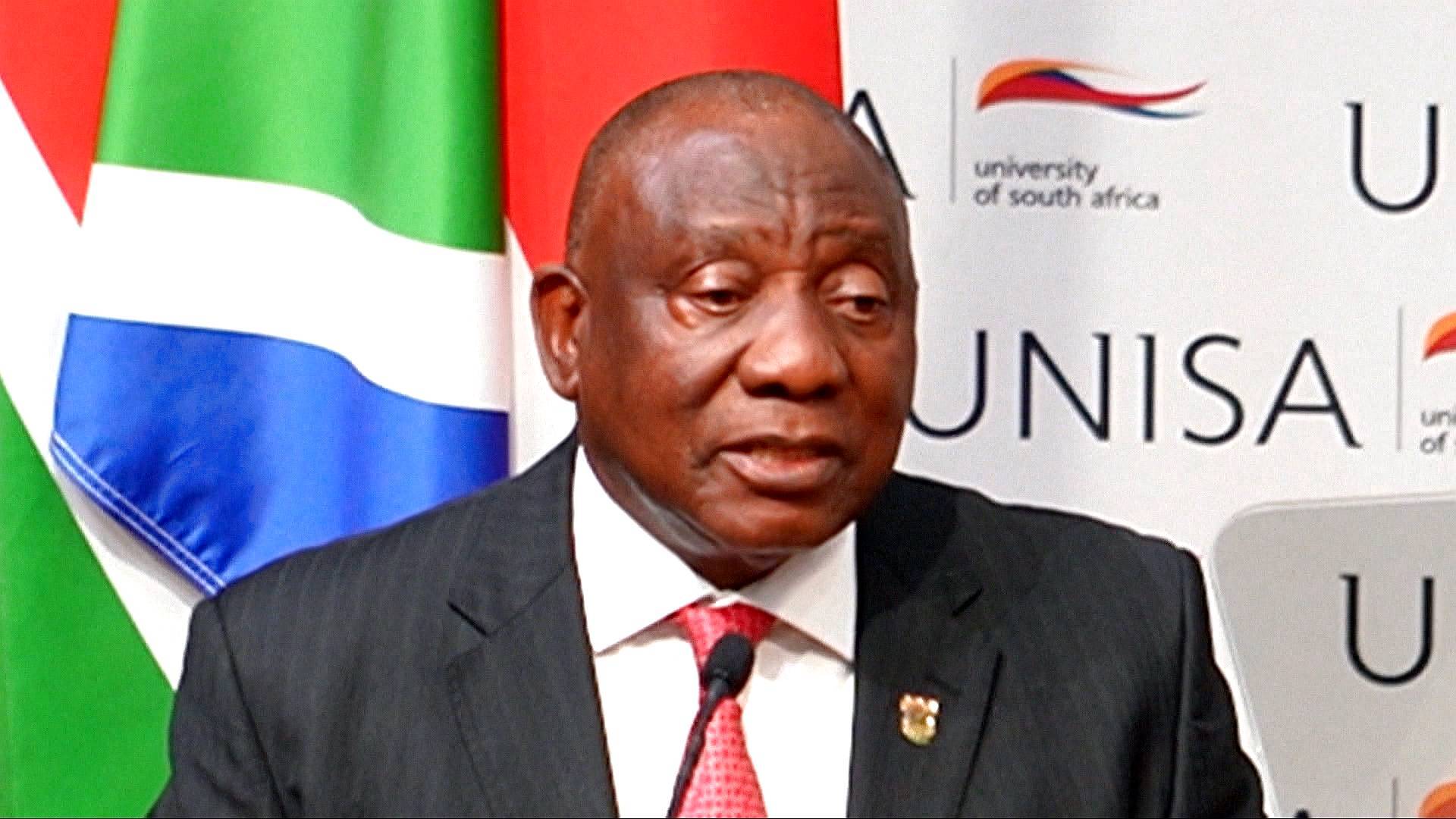People have been left scratching their heads after trying this tricky brainteaser that only 1% of people can answer successfully – do you have what it takes to solve it?
If you can solve this baffling riddle, you could be able to consider yourself among the top 1% of brains in the country – as a staggering 99% will fail to get the answer correct.
Solving brainteasers is a fantastic way to boost your cognitive function and give your brain a much-needed workout, which is as important for your body as regular exercise is for keeping you physically fit. Puzzles can improve your problem-solving skills, improve your pattern recognition, and can even help to stave off the onset of some degenerative diseases such as dementia – so they’re definitely worth a go if you have a spare couple of minutes.
This particular puzzle was set by the question writers on the ITV game show The 1% Club. In the show, the questions start off easy, with ones that 90% of people can solve, and go all the way down to the dreaded 1% question that’s deemed so difficult that 99% of people fail to get it right.
And one recent 1% question that was asked on the show was later shared on TikTok, where it left people scratching their heads as they struggled to solve it.
The question was this: What new word links the capitalised words below?
“My SON TED ate raw FOOD and got SICK, then went to BED with me by his SIDE.”
You’ll need to think outside the box for this one. There are numerous ways the words could be “linked”, and you’ll need to work out what the connection is. Do they all have something in common? Can they all have letters added to the beginning or the end to create new words?
Don’t worry if it looks confusing. The puzzle is designed to be complicated, and there’s no shame in not being able to solve this one. Part of the fun of completing these brainteasers is learning what the pattern is, so that the next time you take one of these on, you’ll know what to look for!
If you think you can give this one a crack, though, keep studying it for as long as you need. Contestants on the show only get a short 30 seconds to solve each question, but you don’t have to be that strict with yourself unless you really want to show your skills.
Whenever you’re ready to see the answer, scroll down to find out if you were right.
Answer
The answer is the word “sea”. Each capitalised word in the sentence can be preceded by the word “sea” to make a new word, such as season, seated, seafood, seasick, seabed, and seaside.
Several people in the comments of the TikTok video were tripped up by the confusing question, with some coming up with strange answers that were far from accurate.
One person said: “Son and Ted are both human (they can get sick), Food and Sick (also connect because bad food can cause sickness, Bed and Side (can also be connected with health), the issue is Sickness is not a new word!”
Another simply responded: “Bedside.”
However, many others believed the answer was “obvious”, with some even saying they couldn’t see why the question was deemed too difficult for all but 1% of people.




